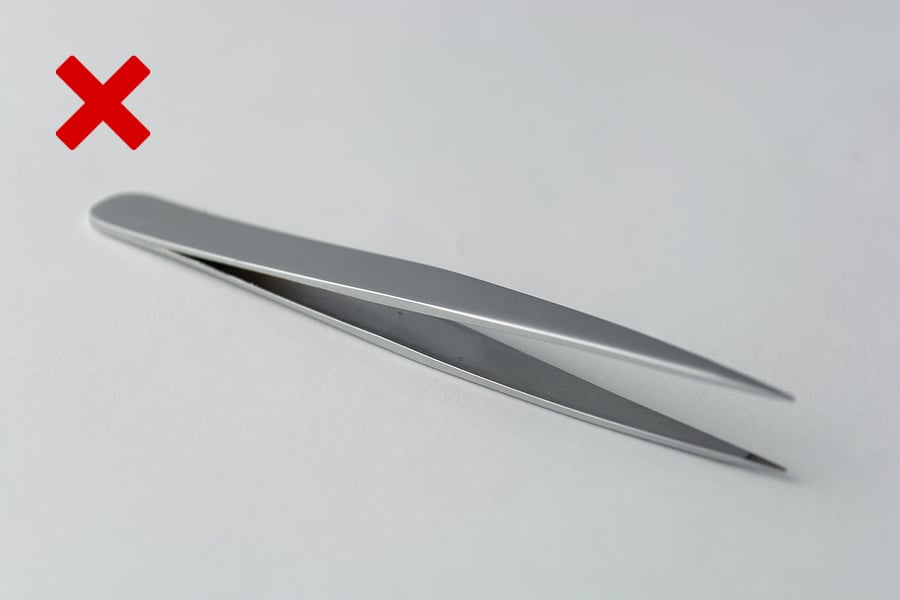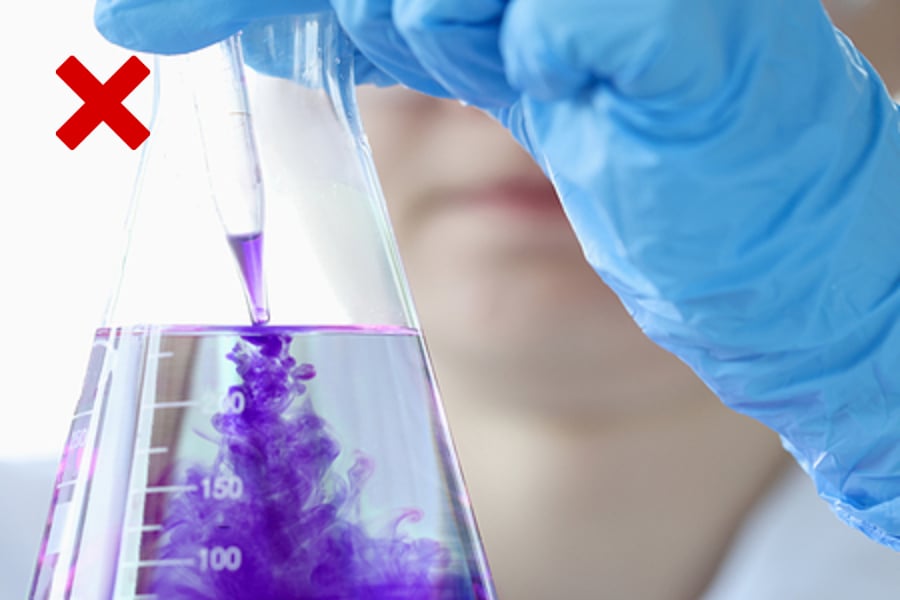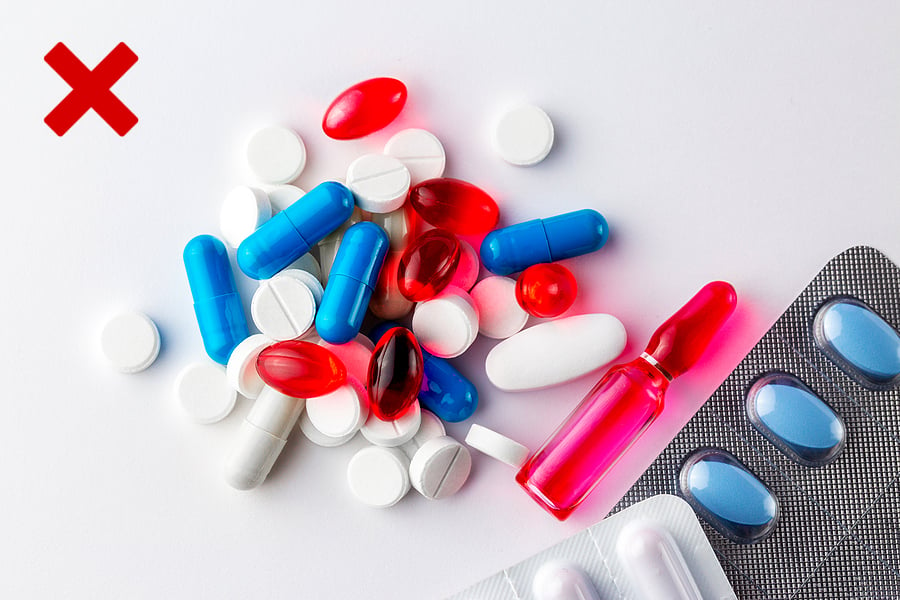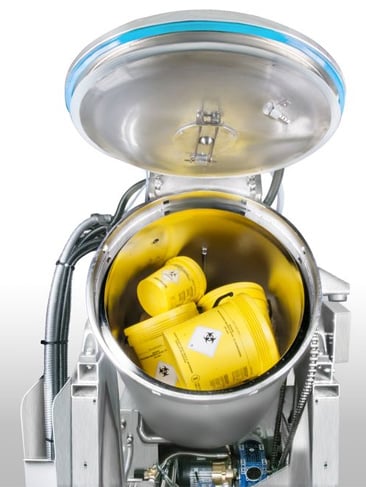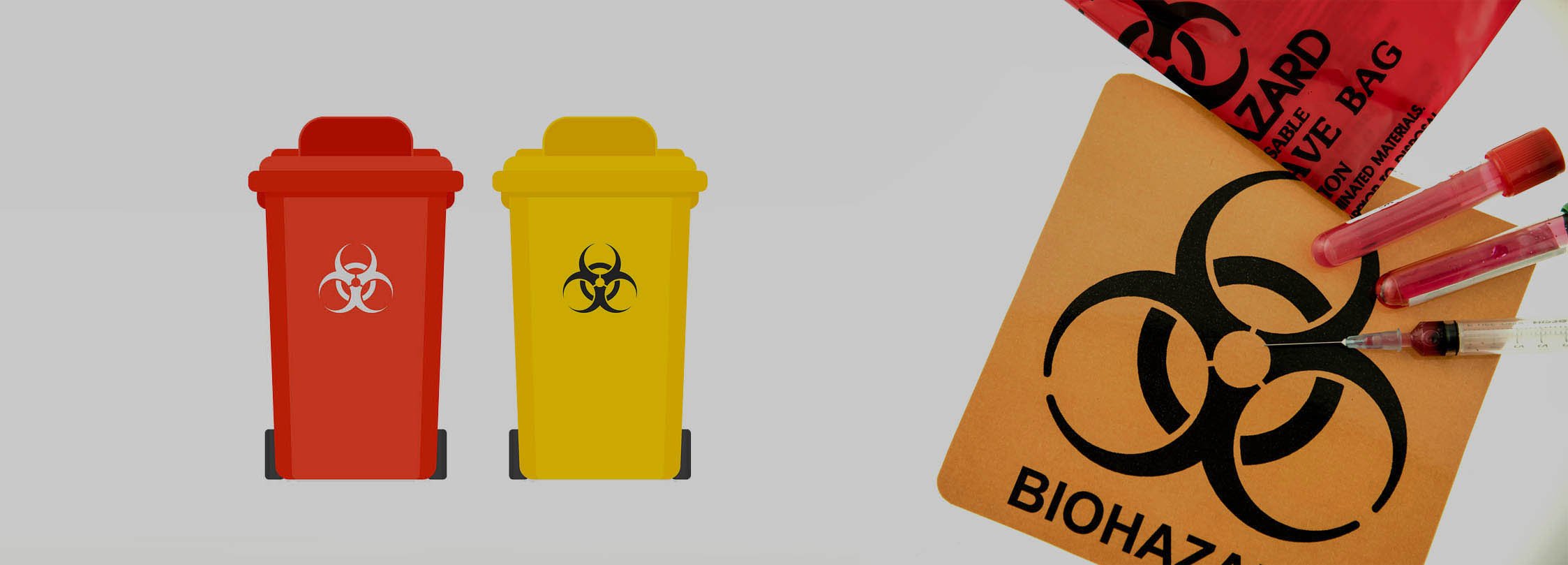
Medical waste management and disposal methods
Why must hazardous medical waste be segregated from municipal waste?
Medical waste can be infectious, causing high contamination and cross contamination risks to both people and the environment.
How can biomedical waste be segregated?
According to the recommendations of WHO and other health organizations, hazardous medical waste should be treated as close as possible to the point of its production (operating theatres, laboratories, etc.). This requires responsibility from all hospital employees involved in the process, so that the segregation of the waste is performed at the stage of its generation.
Types of medical waste:
- Infectious waste: waste contaminated with blood / blood by-products, cultures and stocks of infectious agents, waste originating from isolation ward patients, discarded diagnostic samples containing blood and body fluids, infected animals originating from laboratories, and contaminated materials (bandages, swabs) and equipment (such as disposable medical instruments).
- Pathological waste: identifiable human body parts and contaminated animal carcasses.
- Sharps: disposable scalpels and blades, syringes, needles, etc.
- Chemicals: mercury, solvents, disinfectants etc.
- Pharmaceuticals: unused, contaminated, and out-of-date medicines; vaccines and serums.
- Genotoxic waste: very hazardous teratogenic, mutagenic, or carcinogenic waste, such as cytotoxic medicines for the treatment of cancer and their metabolites.
- Radioactive waste: for example glassware contaminated with radioactive diagnostic matter or materials used during radiotherapy.
- Heavy metal waste: for example mercury thermometers.
Why do you have to use a medical waste shredder?
- Shredding the waste ensures the penetration of the steam, because the violent action of the shredding blades allows steam to penetrate the waste more efficiently and eliminates the possibility of cold spots.
- With shredding, the waste will be unusable, so in this case we can prevent it being recycled and spreading contamination.
- Another advantage is that shredding can reduce the waste to as little as 20% of its original volume.
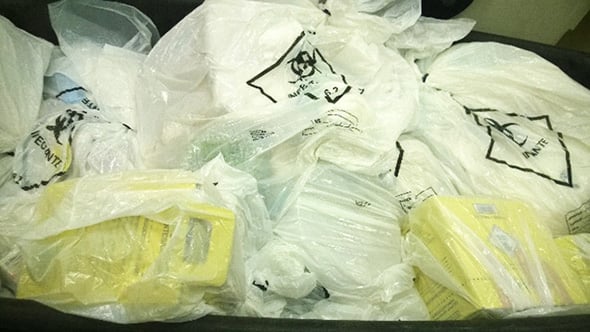
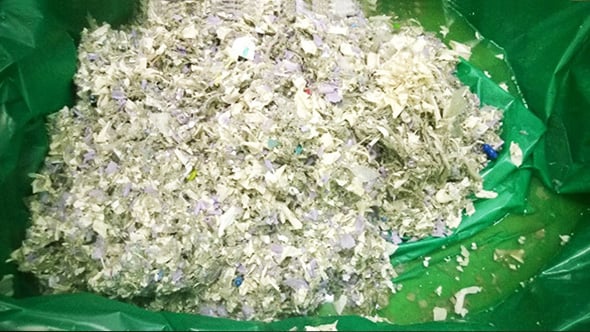
Why is our medical waste shredder eco-friendly?
- The hazardous medical waste is treated with pure steam and transformed into municipal waste.
- Shredding can reduce the waste to 20% of its original volume without any harmful substances being released.
Alternative biomedical waste disposal methods
- Incineration
- Chemical disinfection
- Wet (autoclaving) and dry thermal treatment
- Microwave irradiation
- Land disposal
- Inertization
Why are medical waste incinerators not recommended?
Incineration creates massive emissions of black smoke, fly ash, toxic flue gas, and odors, and it necessitates the transportation of the medical waste.
Considering the transportation of biomedical waste, there is a high risk of:
1. Illegal / inappropriate disposal by the haulage personnel
- Dumping
- Obsolete treatment technologies
2. Accidents
- Cross-contamination
- Spillage
- Transportation
In addition, the waste has to be taken to a treatment center, and in some urban areas the transportation of hazardous waste is prohibited.
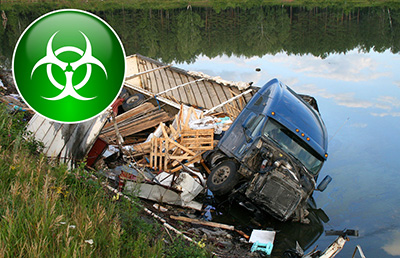
The best method is to perform medical waste shredding and steam sterilization within one vessel
With the Integrated Sterilizer and Shredder (ISS), the shredding and the sterilization is done within one single
vessel. The importance of this is essential during maintenance procedures, as it provides a safe working
environment for both
operators and technicians. The processed waste is rendered non-infectious, non-hazardous, and non-reusable; it
is defined as non-regulated waste and can be discarded as normal municipal waste. This process takes place in
one vessel to preclude the possibility of any cross-contamination.
Proper waste management
How we have to segregate the waste before we put it into the ISS?
Segregated medical waste for ISS:
Infectious waste:
- waste contaminated with blood / blood by-products
- cultures and stocks of infectious agents,
- waste originating from isolation ward patients
- discarded diagnostic samples containing blood and body fluids
- infected animals originating from laboratories
- contaminated materials (bandages, swabs) and equipment (such as disposable medical instruments).
Only small metal parts can be disposed of, e.g.
- needle of a syringe
- metal blade of a disposable scalpel
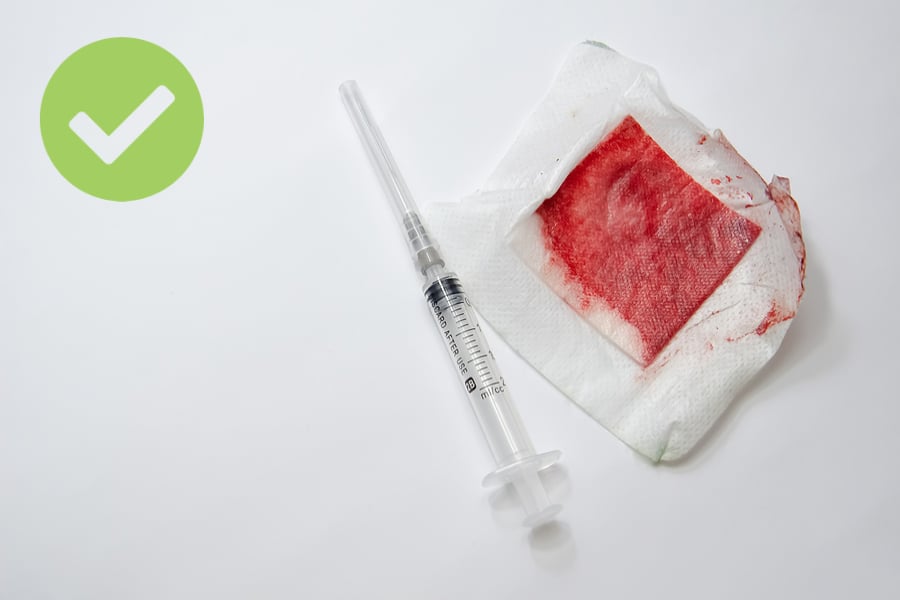
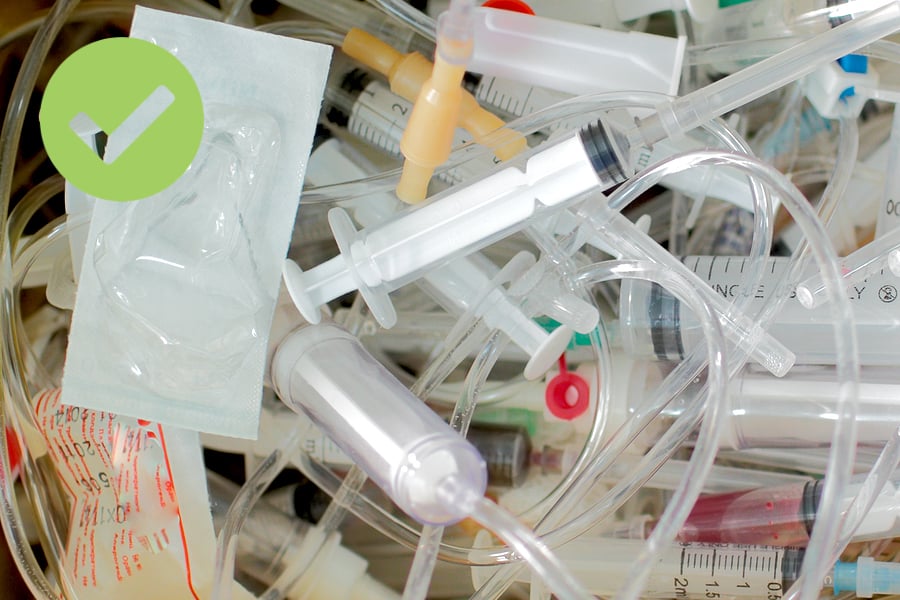
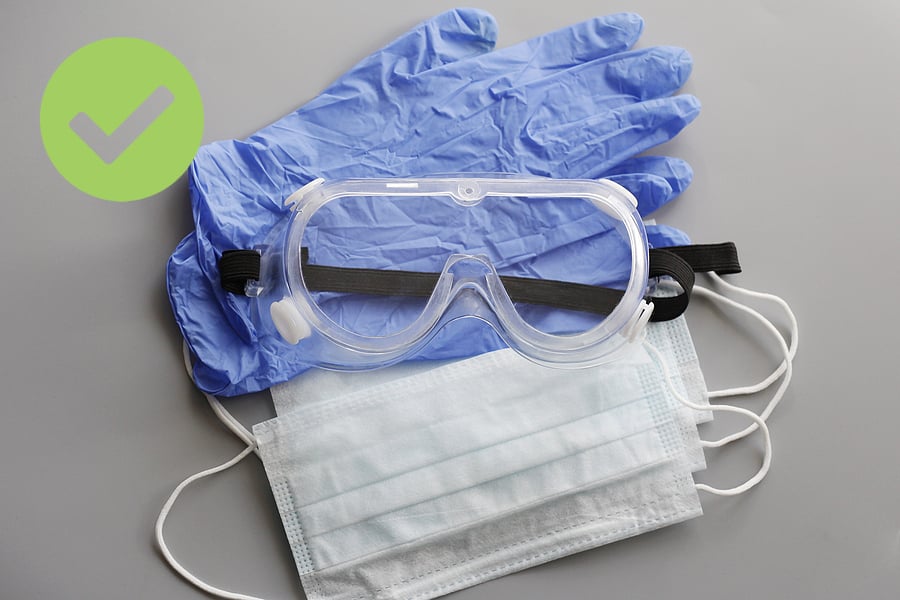
NON segregated medical waste that is NOT allowed into the ISS:
- Pathological waste: identifiable human body parts and contaminated animal carcasses.
- Chemicals: mercury, solvents, disinfectants etc.
- Pharmaceuticals: unused, contaminated, out-of-date medicines; vaccines and serums.
- Genotoxic waste: very hazardous teratogenic, mutagenic or carcinogenic waste, such as cytotoxic medicines for the treatment of cancer and their metabolites.
- Radioactive waste: for example glassware contaminated with radioactive diagnostic matter or materials used during radiotherapy.
- OMO (Oversized Metal Object): for example mercury thermometers, scalpel, scissors, forceps...
